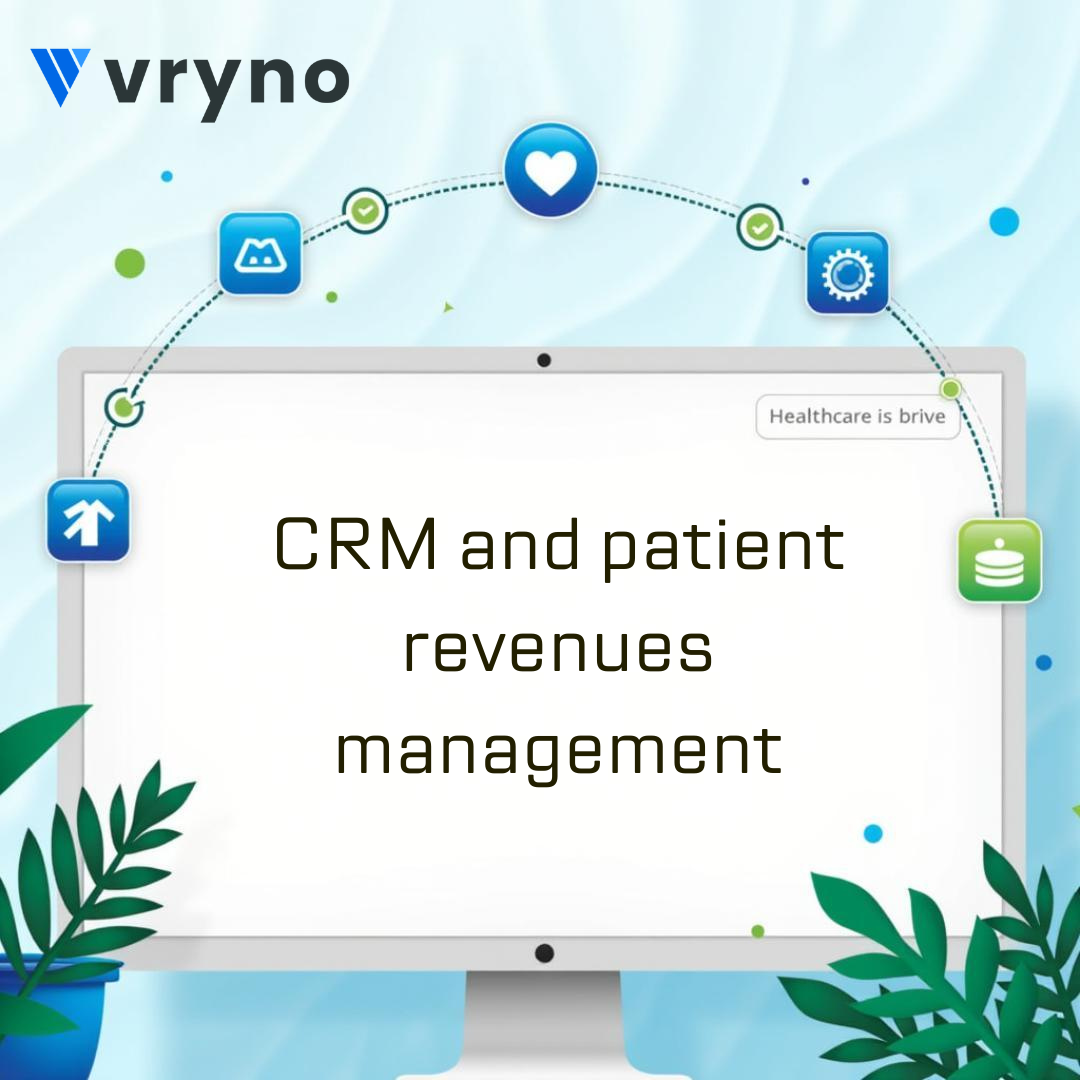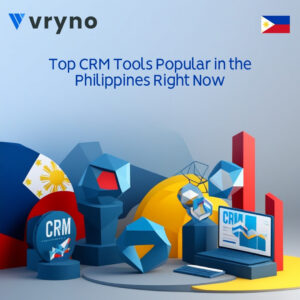Healthcare organizations, like any other business, need to manage their operations better. A streamlined workflow enables them to provide enhanced patient care services while managing their finances well. A CRM for healthcare industry can help you gain financial stability in your healthcare business through better patient revenue management.
Let’s delve deeper into the details of a healthcare CRM and why you need an effective one for your healthcare setting. Also, this blog will focus on the impact of poor revenue management, the pain points and how the right CRM can make a difference.
Patient Revenues Management
Patient revenue management is the process involving the monitoring of revenues you earn from a patient beginning at the consultation until their final billing.
Phase 1: Patient Registration
This phase of patient revenues management involves collecting patient data accurately. Next, you verify the details of the patient’s insurance, its level of coverage, and medical procedures covered for claims. Also, pre-authorization for various procedures from the insurance is also done in this phase.
Phase 2: Proper Documentation
This phase involves using the healthcare CRM software to capture the services and procedures performed. You need to identify the services patients opted for and assign codes for every service provided to them. Next, you must record the charges for each of them accurately and submit the final invoice for billing.
Phase 3: Claims Submission
This phase involves compiling relevant information and submitting it to the insurance provider. It is essential to stick to the guidelines while sending claims to the insurers. The insurers review and approve or deny the claim upon submission of the same.
Phase 4: Accounts Management
In this phase, the payments released by the insurers need to be managed and adjusted against the patient’s bill balance. You need to record incoming insurance payouts and apply it to the patient account using CRM software for healthcare industry. If there are any pending claims or unpaid payments from the patients or the insurer, you must monitor them.
Phase 5: Denial Management
Denial management plays a key role in determining the effectiveness of which revenue cycle management. You must follow up on the claims denied by the insurers to understand the reason behind them. This helps you eliminate the chances of denial, in the future, for any claim submission.
Challenges In Patient Revenue Management
You might face numerous challenges in the patient revenue management of your healthcare business. Keep reading to know the common challenges and how a CRM for healthcare industry can help you overcome them.
- Inaccurate medical code capture may lead to claim rejections, lower reimbursements and loss of revenues.
- Lack of transparency may frustrate patients and result in delayed payment of healthcare bills.
- Claim rejections and delay in disbursement may happen due to inconsistencies in claim submission.
- There is a negative impact of delayed insurance verification and pre-authorization on the revenue cycle.
- It is tough to follow up with patients for unpaid bills and manually collect the payments.
How Can CRM Help?
A healthcare CRM can help address the challenges in patient revenue management and improve business operations.
Data Capture
A customer relationship management software comes with tools that help capture patient data with precision. This eliminates the need to make patient data entries manually that bring along the risk of data inconsistencies. Ultimately, it helps save you a lot of time that you otherwise spend on performing administrative tasks.
Claim Approvals
A healthcare CRM software blends with EHR and other tools that automate workflows. This improves the efficiency of the patient care process and helps you select code accurately. The software eliminates the chances of inaccuracies in claims filing which ensures easy claim approvals.
Omnichannel Communication
Effective communication is important while running a healthcare business that involves dealing with numerous patients every day. A CRM system can help ensure seamless communication between the physician and the patients. With transparency, the patients will recommend your name to others which will directly impact the revenues.
Quicker Pre-authorization
A CRM software for healthcare industry easily syncs with tools for real-time insurance verification. This not only helps avoid delays but also identifies any potential coverage issues. With verification capability, pre-authorization process speeds up to ensure financial transparency.
Payment Collections
CRM softwares makes it easy to send timely reminders to patients through automation features. They also help create patient portals that allow for secure payments through online mode. With this, patients can pay their outstanding bills through any mode that aids in improving payment collection rates for your healthcare business.
Conclusion
A customer relationship management system helps address the factors that affect the revenue cycle management. With CRM software, you can improve the financial health of your healthcare business.
Vryno CRM is built to enhance patient revenue cycle management and patient engagement for your healthcare business. The software is HIPAA-compliant and lets you provide quality patient care services.






